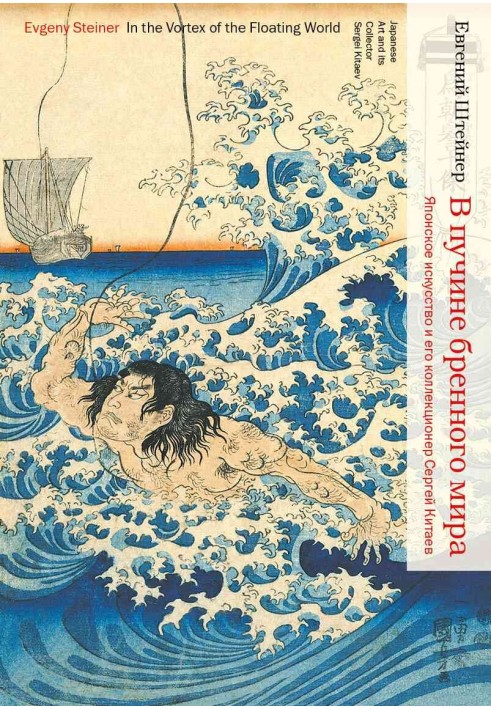In the abyss of the mortal world. Japanese art and its collector Sergei Kitaev
 Instant download
Instant download
after payment (24/7)
 Wide range of formats
Wide range of formats
(for all gadgets)
 Full book
Full book
(including for Apple and Android)
At the end of the 19th century, European art turned its gaze to the east and became actively interested in the aesthetics of Japanese prints. One of the first to collect ukiyo-e prints in Russia was Sergei Kitaev, a military sailor and amateur artist. He managed to assemble the largest collection of Japanese art in the country - and at one time it was believed to be in Europe as well. A few years after the October Revolution of 1917, the collection ended up in the Pushkin State Museum of Fine Arts and was never fully researched or exhibited. Art critic Evgeniy Steiner in his book tells the history of this collection, immerses the reader in the historical and cultural context necessary to get acquainted with the engravings, and, as an illustration, comments in detail on selected sheets from the collection of Sergei Kitaev. Evgeniy Steiner is a Japanese scholar, Doctor of Art History, Professor at the School of Oriental Studies at the National Research University Higher School of Economics and an associate researcher at the Center for Japanese Studies at the School of Oriental and African Studies (SOAS) at the University of London. The book researches the life of the Russian collector of Japanese art Sergei Kitaev (1864–1927) and investigates the dramatic history of his collection of woodblock prints and paintings, which was once the largest in Russia and possibly one of the largest private collections of Japanese art in Europe. A few years after the October Revolution of 1917, the Kitaev Collection was nationalized and became part of the holdings of The Pushkin State Museum of Fine Arts (Moscow). It has never been fully researched, cataloged, or exhibited. The author worked on the catalog of prints from this collection and found that compared with archival data, what is now kept in the Pushkin Museum is significantly different in terms of the number of artifacts and their condition. The book is dedicated to the investigation of this problem. The Chapter 4 is an updated version of the text and illustrations first published as “The Kitaev Collection of Japanese Art in the Pushkin Museum: Historia Calamitatum,” in Impressions, The Journal of the Japanese Art Society of America, No. 12 (2011) (www.japaneseartsoc.org). Copyright © Japanese Art Society of America
Data sheet
- Name of the Author
- Евгений Штейнер Семенович
- Language
- Ukrainian
- Release date
- 2022













